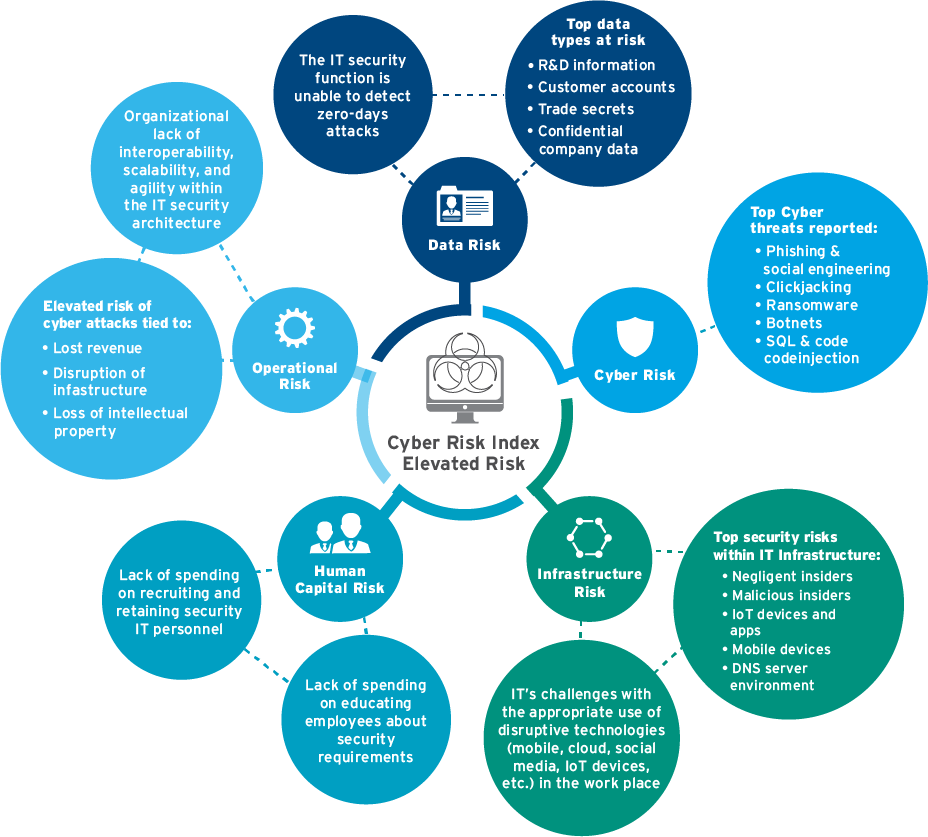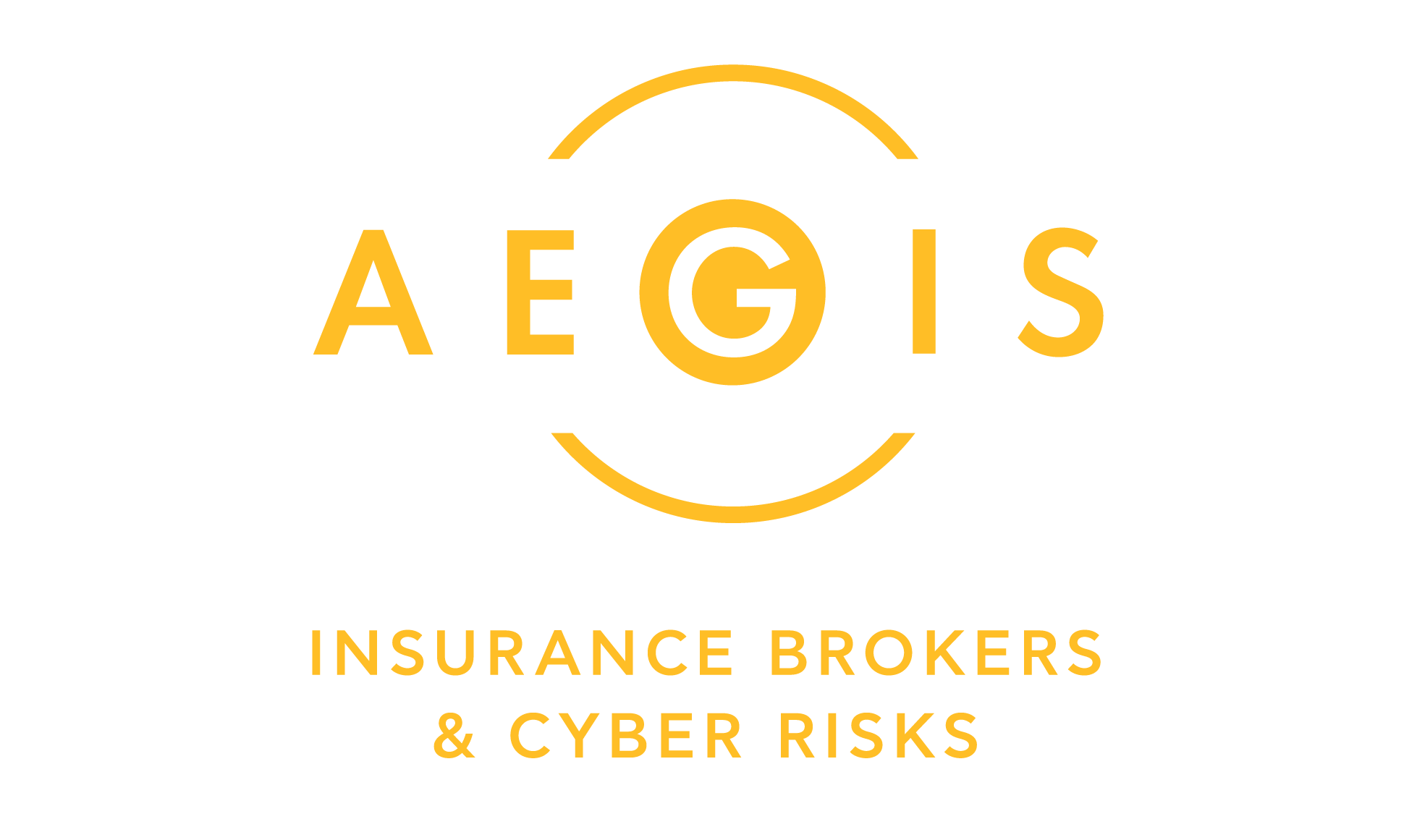




Cyber Risks Specialty
Your networks and data are the lifeblood of your business.
Cyber liability insurance from Aegis lowers the pressure and keeps it flowing.
From your brand reputation to employee and financial data, cyber attacks are increasing in their frequency and their intensity. Couple that with the need to comply with regulations like the GDPR and it can seem overwhelming.
It doesn’t have to be. Our cyber liability insurance team is ready to customize the solutions that can keep your organization and all its information flowing smoother and safer.
Protection for a new class of cyber risks Assessing and understanding known and unknown risks within the cyber liability scope is complex. It requires expertise and an aggressive approach to understand how threats are emerging and how coverage can be evolved to protect your organization. Using ‘traditional’ insurance coverage as a benchmark, the cyber liability insurance and risk management team builds a stronghold of support to confront and protect against developing risks so you are fully prepared. We broker information security services and insurance products to combat and protect against the full spectrum of cyber risks.
Our cyber liability insurance practice process and strategies include: analysis of current cyber risk coverage gaps; identifying potential future gaps in coverage based on trends and expectations of carriers; matching exposures to these potential gaps and; designing risk management solutions.
Provides tailor made solutions for:
- Maritime Cyber Risks
- Coorporate
- Business Interuption
- Cyber Legal Liability
- Loss of Income
What is Cyber Insurance?

A cyber insurance policy, also referred to as cyber risk insurance or cyber liability insurance coverage (CLIC), is designed to help an organization mitigate risk exposure by offsetting costs involved with recovery after a cyber-related security breach or similar event.
Cyber insurance typically covers expenses related to first parties as well as claims by third parties. Although there is no standard for underwriting these policies, the following are common reimbursable expenses:

What is Cyber Insurance?
Investigation:
A forensics investigation is necessary to determine what occurred, how to repair damage and how to prevent the same type of breach from occurring in the future. Investigations may involve the services of a third-party security firm, as well as coordination with law enforcement and the FBI.
Business losses:
A cyber insurance policy may include similar items that are covered by an errors & omissions policy (errors due to negligence and other reasons), as well as monetary losses experienced by network downtime, business interruption, data loss recovery and costs involved in managing a crisis, which may involve repairing reputation damage.
Privacy and notification: This includes required data breach notifications to customers and other affected parties, which are mandated by law in many jurisdictions, and credit monitoring for customers whose information was or may have been breached.
Lawsuits and extortion:
This includes legal expenses associated with the release of confidential information and intellectual property, legal settlements and regulatory fines. This may also include the costs of cyber extortion, such as from ransomware.

What Level of Cyber Insurance is right for my business?
Predictions that global Cyber Insurance premiums will more than double in the next three years has caused an explosion of choice for buyers. For example, just within the Lloyd’s insurance market there are now 77 cyber risk insurers.
Despite the first Cyber Insurance policies appearing in the late 90s, the product is still in the embryonic stage of development and evolving all the time. Policy coverage can be grouped into common categories (see table below), but the scope and cover options can vary widely among different insurers:
Coverages First & Third Party
Damage to your property as a result of a cyber attack, including:
• Data & Software -The cost to reconstitute data or software that has been deleted or corrupted.
• Intellectual Property-IP loss of value based on a reduction in revenue and market share.
• Incident investigation and response costs.
• Cost to investigate incidents and minimise the cost a cyber attack.
Business Interruption and Increased Costs
- Lost profits or extra expenses incurred due to the unavailability of IT systems or data as a result of IT failures, including those resulting from cyber attacks.
- Loss of revenues which can be directly attributed to a security breach event, for example, loss of specific contracts or customers, or reduced transaction volumes.
- Additional expenses incurred to restore data, the network or IT systems.
Cyber Extortion
The cost of an experts employed to help you manage an extortion incident, pay ransom demands and restore affected systems.
Cybercrime or Cyber fraud
Cover for losses suffered as a result of the use of computers to commit fraud or theft of money, securities or other property.
Business Interruption and Increased Costs
- Lost profits or extra expenses incurred due to the unavailability of IT systems or data as a result of IT failures, including those resulting from cyber attacks.
- Loss of revenues which can be directly attributed to a security breach event, for example, loss of specific contracts or customers, or reduced transaction volumes.
- Additional expenses incurred to restore data, the network or IT systems.
Third Party Liability
Informed by any previous work or workshops, we make precise recommendations on what changes to make across your website, content, emails, social media presence.

PCI DSS Assessments and Fines
Breaches involving payment card data could expose you to PCI related fines and PCI DSS assessments. Policies can provide cover for costs relating to stolen card data, reimbursements of card reissuing costs and forensic investigations to establish the misuse of card data.


